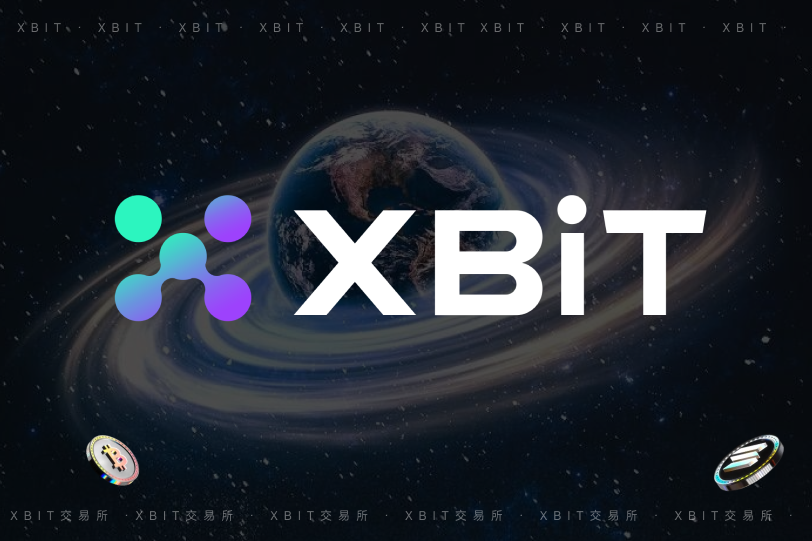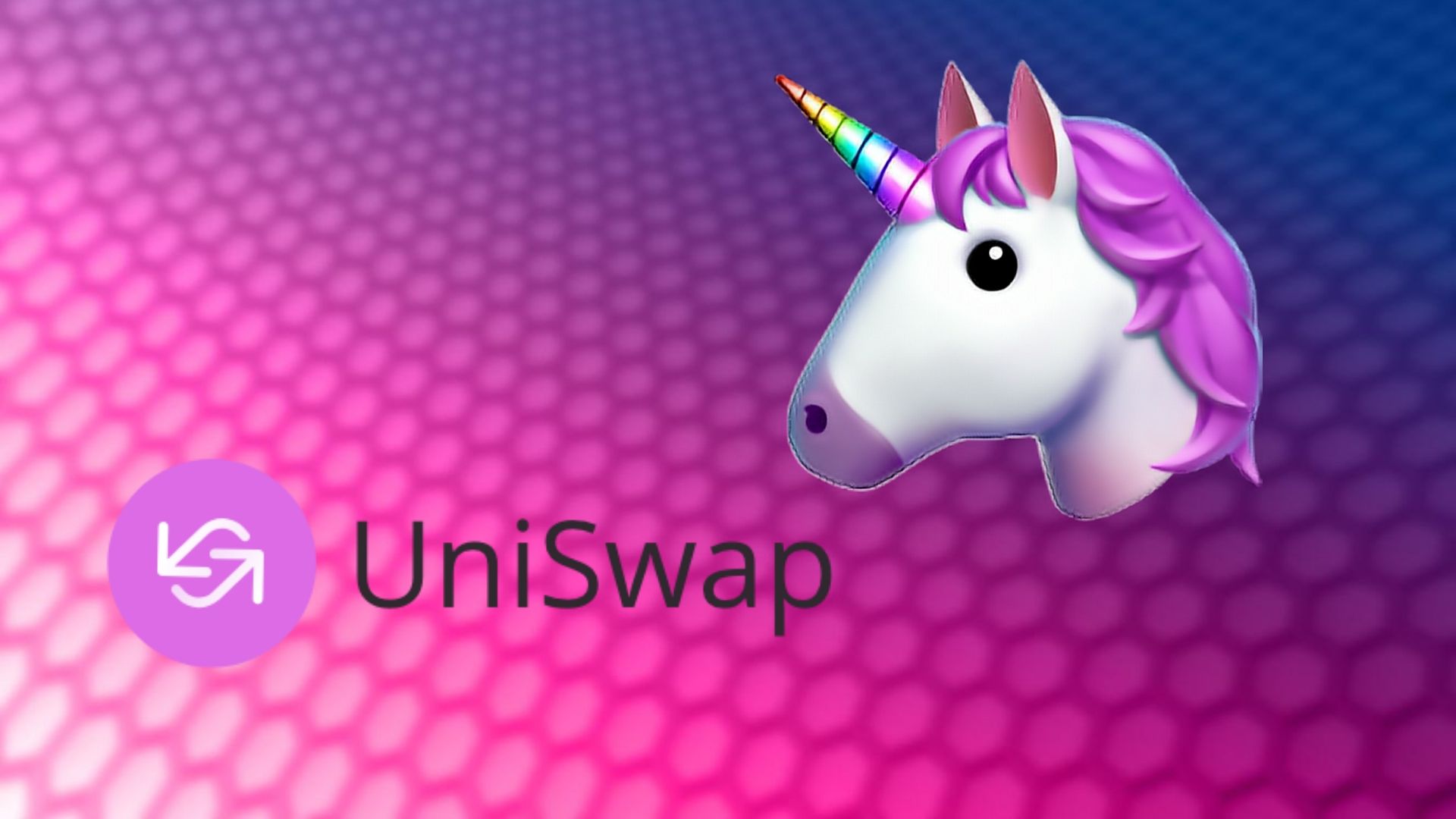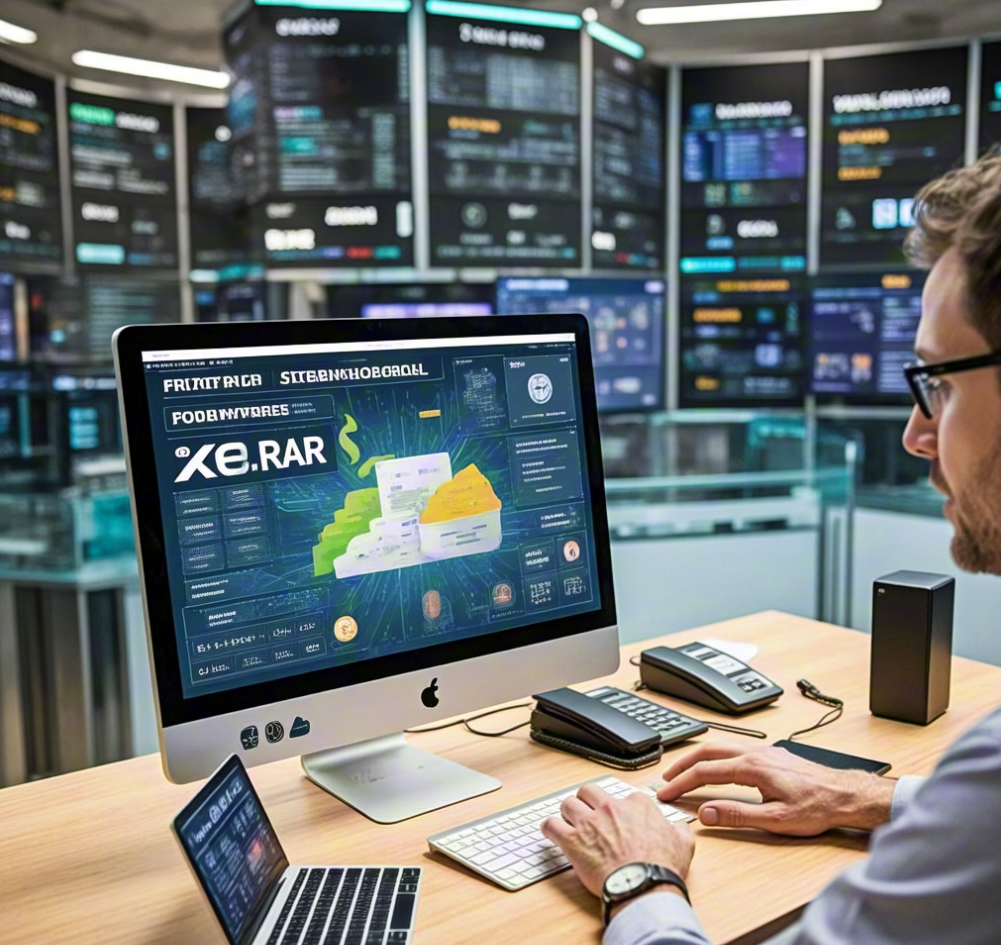In the past decade, the crypto world has experienced a gorgeous transformation from the grassroots era to the favor of capital. Cryptocurrency speculation is no longer just a term exclusive to early geeks and underground players. It is now more like a daily speculative strategy and a global financial experiment.
As more and more people speculate on cryptocurrencies as financial tools, a practical problem also arises - where is the safest place to put money? Where is the lowest transaction cost and more efficient? Or, when you want to cash out at the peak of the bull market, which platform really doesn't "pull the plug"? Slowly, people began to realize that centralized exchanges (CEX) may only be the "prequel" of the cryptocurrency journey, and the real home court is DEX-decentralized exchanges.
All assets that are not in your own hands belong to others
Centralized exchanges are popular because they are simple enough. Registration, KYC, deposit, buy, sell, and withdraw can all be done in one stop. But behind this set of conveniences, there are also risks. User funds are centrally managed by the platform. Once the exchange is hacked, runs away, or chooses to "freeze the account" under some extreme regulatory pressure, you may not even have a channel to appeal.
This is not a hypothesis, but history. FTX, Mt.Gox... Behind every centralized exchange that has problems, there are a group of "coin holders" who have become innocent victims. The coins are still in the wallet, but they can't be opened or moved. Maybe one day the webpage will directly 404.
In contrast, DEX is different. Your assets are always in your own wallet, without handing them over to any intermediary. Every step of your transaction is automatically matched and completed by the on-chain smart contract. You can trade at five in the morning, before the plane takes off, or even in any country or region, as long as you have a wallet in hand.

How do DEXs work?
1. Peer-to-peer trading
On a DEX, users trade directly with each other through smart contracts. There is no central authority controlling the trades. This is often referred to as “peer-to-peer” or “P2P” trading.
2. Automated market makers (AMMs)
Many DEXs, such as Uniswap, use an automated market maker (AMM) system. Instead of relying on an order book (as is the case with traditional exchanges), AMMs use liquidity pools to execute trades. Liquidity providers (LPs) contribute their tokens to the pools used to facilitate trades. In return, LPs earn a portion of the trading fees.
3. Smart contracts
DEXs use smart contracts — self-executing contracts where the terms of a trade are written directly into the code. These smart contracts automatically process trades, ensuring transparency and security without the need for third-party intervention.
4. User control
When trading on a DEX, users are in control of their own private keys and funds. Unlike centralized exchanges, where you need to deposit your assets into a wallet controlled by the exchange, DEXs allow you to trade directly from your personal wallet, ensuring greater security and autonomy.
DEX, from technology geeks to universal consensus
Decentralized exchanges were once the product of the crypto "technical circle". In 2018, Uniswap was born, and for the first time proposed the concept of "automated market maker (AMM)", which allows transactions to be completed according to the algorithm without placing orders. Just throw assets into the pool. This mechanism is simply born for DeFi. It is this technological breakthrough that has allowed DEX to step out of the code laboratory and become an alternative for every coin trader.
Unlike centralized exchanges that require a lot of order book maintenance, DEX is an algorithm-driven automatic matchmaking. You exchange ETH for USDC, and it doesn't matter who the opponent is, the pool will exchange it for you anyway. Without human participation and server control, the entire process is transparent and censorship-resistant, and the funds are always in your hands.
When users' trust in centralized "compliant" platforms begins to loosen, DEX becomes more attractive. Especially in the past year, memecoin has skyrocketed, the airdrop trend has re-emerged, and the activity of Solana chain DEX has soared, and people are increasingly preferring on-chain operations. One-click coin purchase, cross-chain exchange, liquidity pool arbitrage - these originally complex DeFi operations have now become extremely intuitive through the DEX interface.
Why do you need a DEX tool?
Of course, DEX is not without barriers. On-chain operations mean that you need to understand wallet management, be familiar with network switching, and understand slippage and gas fees. Especially for newcomers to cryptocurrencies, the first transaction on DEX is often "nervous and exciting."
At this time, platforms like XBIT are particularly important.
On the one hand, XBIT provides a lightweight DEX entry to help users quickly deploy wallets and complete one-stop on-chain transactions; on the other hand, it also builds its own aggregated DEX network, with cross-chain bridges and AMM aggregators, which greatly reduces the learning cost of users on DEX. For users who want to trade on the chain but don't want to be discouraged by complex operations, XBIT is a good bridge.

From Uniswap to XBIT, DEX has entered the golden age
Many people used DEX for the first time because they heard that Uniswap had airdropped UNI worth tens of thousands of dollars, so they went to "register". But after they really experienced this set of trading processes, they found that the so-called "decentralization" is not empty talk. It is a way for you to fully control your assets, and it is the possibility for global users to trade directly without any intermediary intervention. It is a kind of financial freedom.
Especially at a time when global monetary policy is turbulent and geopolitical shocks are frequent, many people are re-evaluating the true meaning of "asset security". And when "coin speculation" gradually evolves from speculative behavior to a means of asset allocation, decentralized exchanges are also becoming an inevitable part of this crypto era.
You can follow the trading tracks left by Solana hot money on Uniswap, or you can play small currencies on the BSC chain on PancakeSwap, but many users will eventually return to the DEX platform with "fast transactions, accurate information, and fast coin listing", and XBIT is such an expanding ecological center.
As XBIT gradually improves its support for popular L2s such as Arbitrum and Base, it has begun to move from a single DEX product to a complete "on-chain cryptocurrency infrastructure." More importantly, the Launchpad module built by XBIT also provides project parties with a quick launch and customized liquidity injection solution, and will also become the starting point for on-chain asset issuance.

Conclusion
It is not a bad thing to speculate in cryptocurrencies, but it is not as simple as looking at the K-line and pulling the price up. When you start to take every on-chain interaction seriously, start to learn the logic of every gas fee, and start to pay attention to the open source security of the platform code, you have actually gone from a crypto player to a real native on the chain.
CEX was once your boarding gate to the cryptocurrency circle, but DEX may be your home court where you will eventually land.
When the market ushered in a bull market again, the people who can make the most money are often not those who rushed in first, but those who can still trade calmly after truly mastering freedom.
And their common characteristics are: trading in DEX, assets in wallets, information on the chain, eyes on the next airdrop, and holding XBIT, a tool that can run faster than others.
















No comments yet